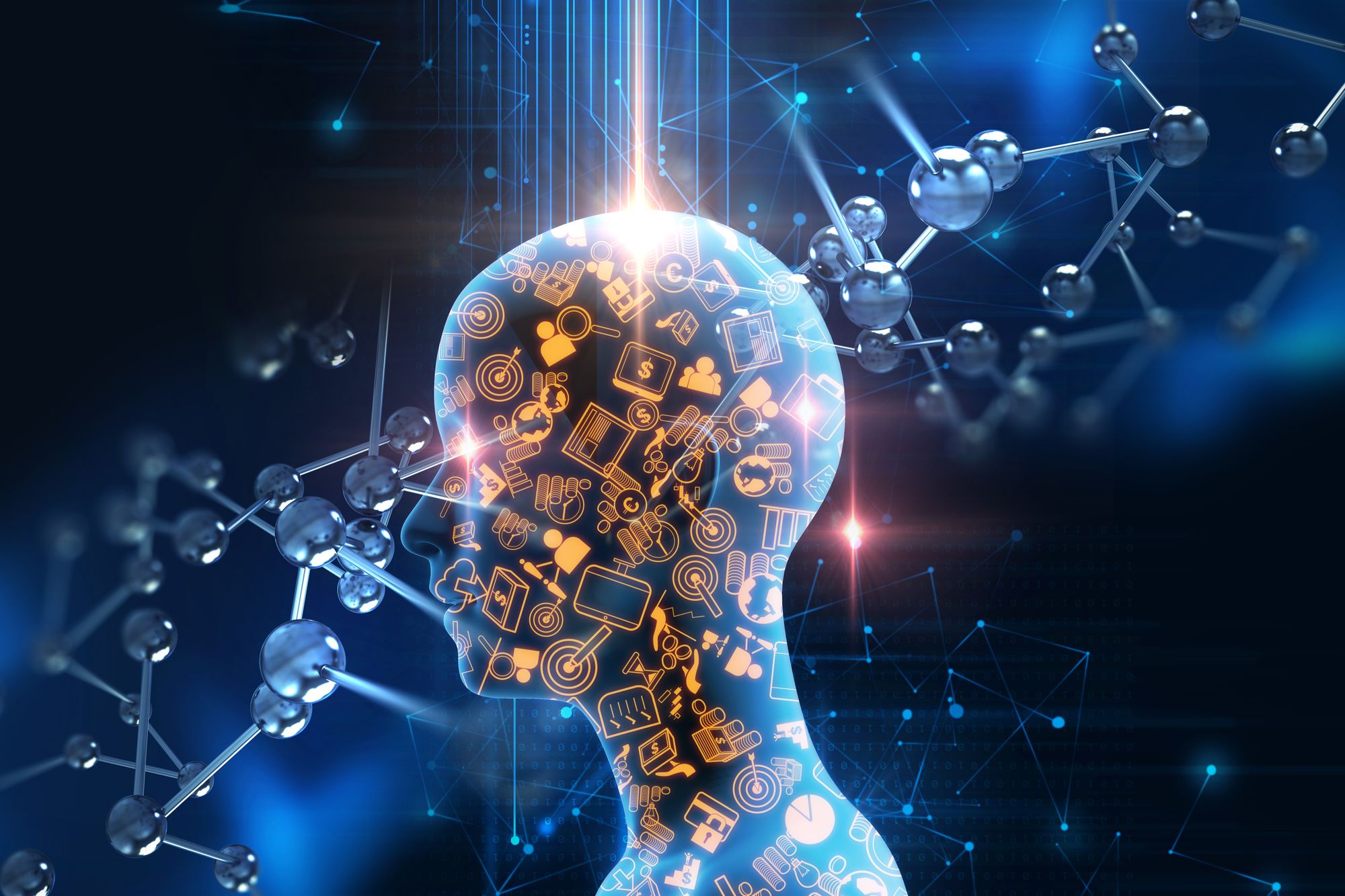The coronavirus pandemic has shone a cruel light on the sorry state of affairs when it comes to the adoption of new technologies in many industries globally, mainly the automotive and healthcare sectors, which have lagged behind others in terms of AI and emerging technology adoption for some time.
But all it took was an unrelenting global virus to knock the wind up major industries that are finally taking notice of their glaring shortcomings. When it comes to Artificial Intelligence and other emerging technologies, to say that they have been underutilized compared to their potential (in the automotive and healthcare sectors) would be an understatement.
The good news is that many industry movers and shakers have finally come to the realization of the potential of these new and disruptive technologies. So, what’s being done about it?
Artificial Intelligence (AI), the Internet of Things (IoT), and robotics are just some of the more well-known emerging technologies in the world today. While these new technologies are being adopted to some degree, for some industries, there’s still a long way to go in terms of policy changes and technical innovations required to meet these ambitious advantages.
Urgent Innovation in Healthcare
The influence of technological disruption has impacted this industry to transcend the mere possibilities of automation. It has brought to the fore ground-breaking initiatives, such as web-platforms, intelligent analysis and mobile apps for early detection and overall healthcare management. These new technologies are providing a holistic view of healthcare, especially during the COVID-19 pandemic.
Along with combating the emerging challenges brought about by the coronavirus, the extensive implementation of eHealth paradigms powered by the Internet of Things and Artificial Intelligence are also being utilized in other potentially life-saving applications such as predictive risk modeling and clinical decision support systems, which can end up saving thousands of lives.
From 3D printed, hands-free door openers to life-saving ventilators, the pandemic has brought about an era of innovation that’s reminiscent of the inventions during the Second World War, where the world was introduced to rocket technology and the computer. On the flip side, some of these technologies have been around for a while but have only been pushed for widespread use until recently.
Case in point, the Patient Status Engine (PSE) by Isansys Lifecare was designed to automate the collection of patient data and provide decision-support tools for doctors with the help of wearable sensors, wireless networks and big data for high-res patient monitoring.
The FDA-approved, only end-to-end digital solution of its kind is experiencing a widespread roll-out globally to battle the pandemic. And that’s not all; developed by Italy-based SDG Group, the Docdot app uses artificial intelligence to allow doctors to monitor vital signs of coronavirus patients remotely.
The ability for doctors to monitor their patients remotely allows patients to remain at home and avoid visiting the hospital unless absolutely necessary. The implementation of appropriate AI technology can add value not only to doctors and the administrative staff at hospitals but also the patient.
Ending Note
The recent groundswell of technological innovation is not restricted to the healthcare sector. Even the automotive industry has witnessed similar strokes of genius during the pandemic. While China may be leading in the way in medical AI and has many organizations involved in the training of AI models, the outpouring of creativity and innovative thinking in many other countries will help us power through this nasty COVID-19 pandemic and beyond.





